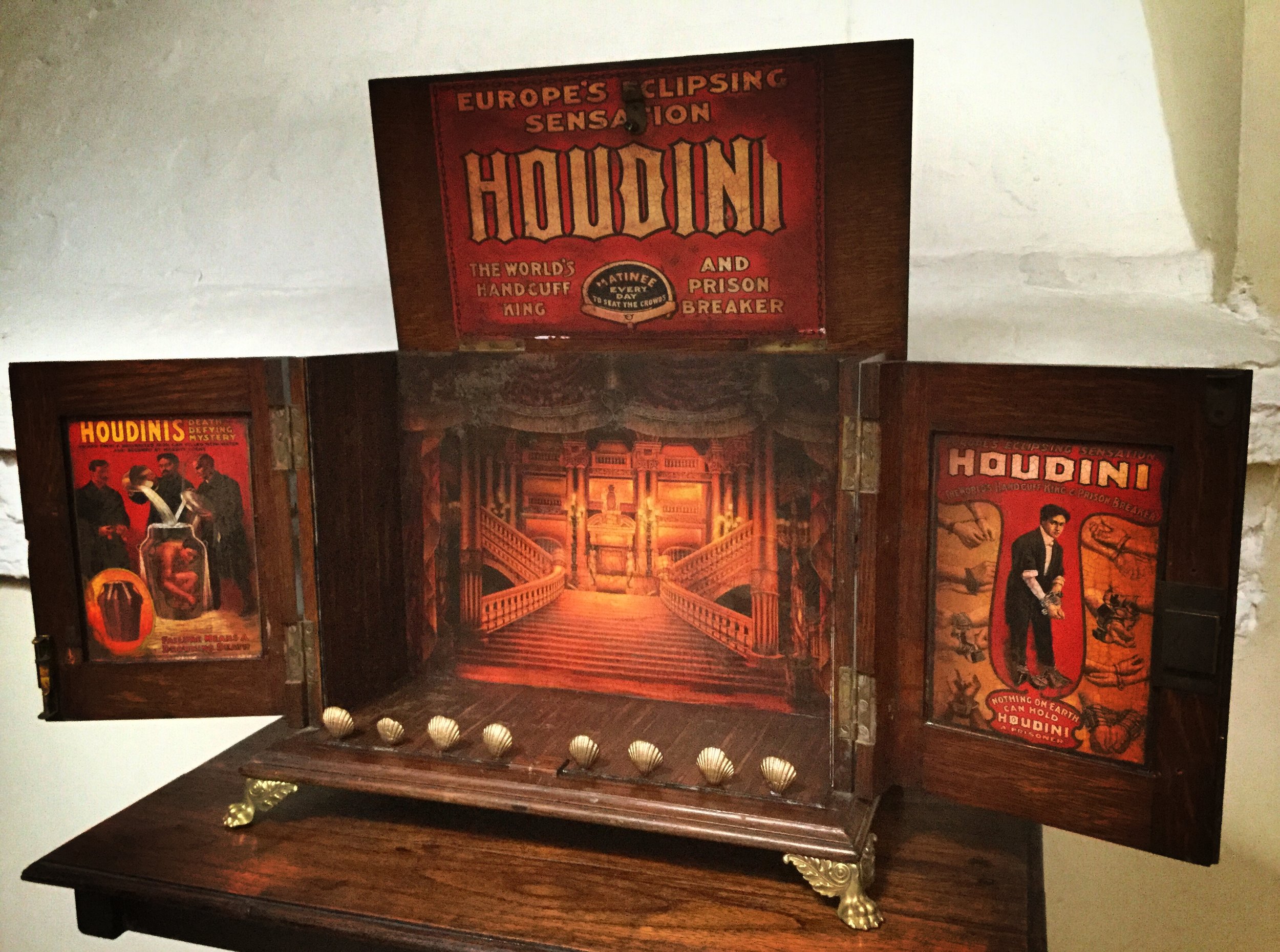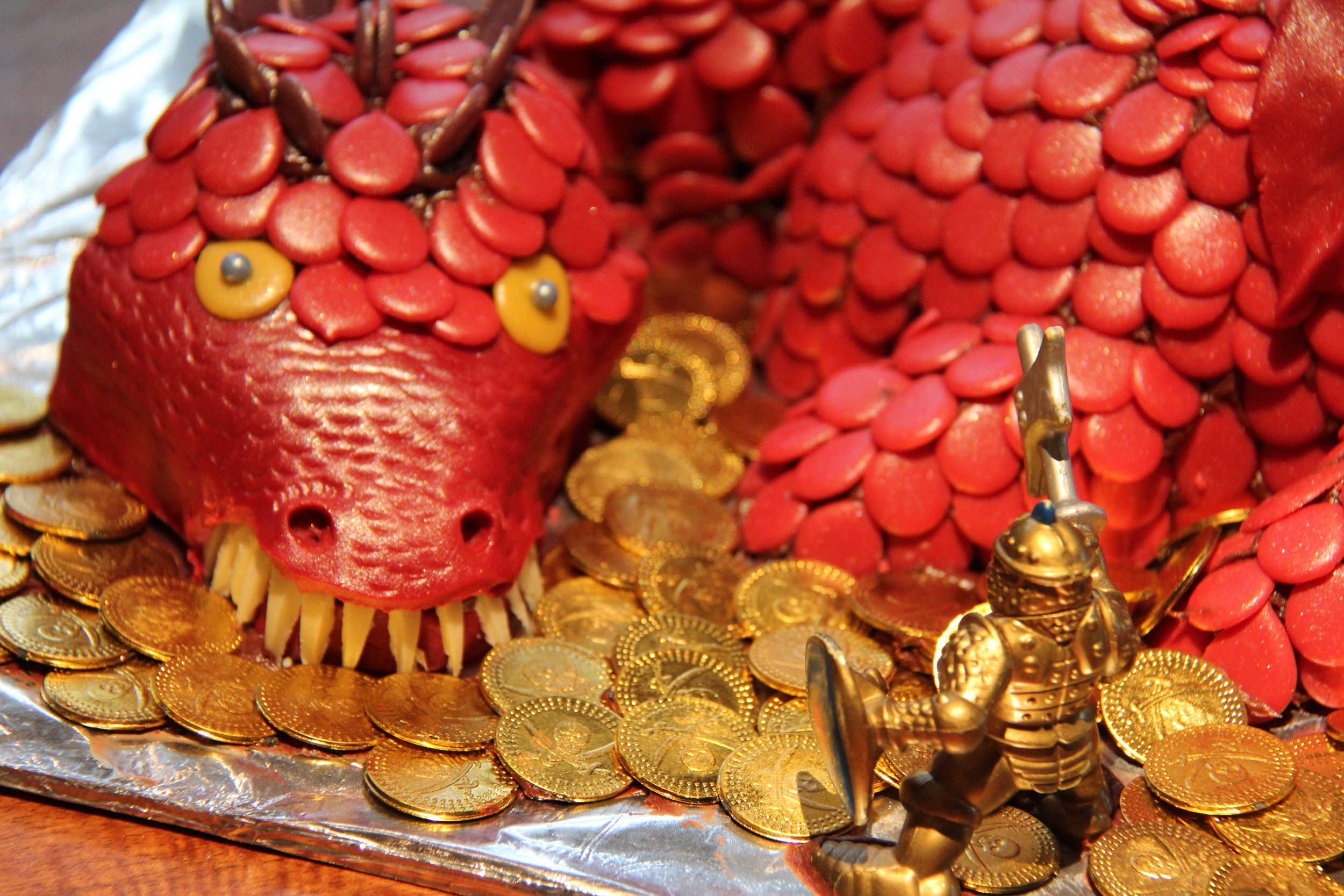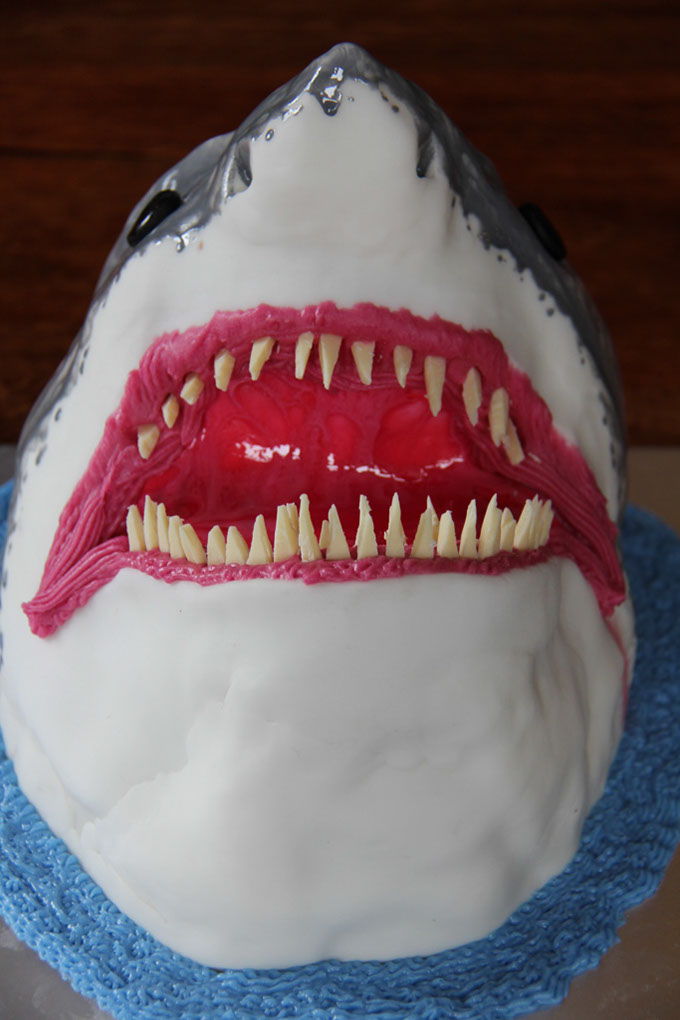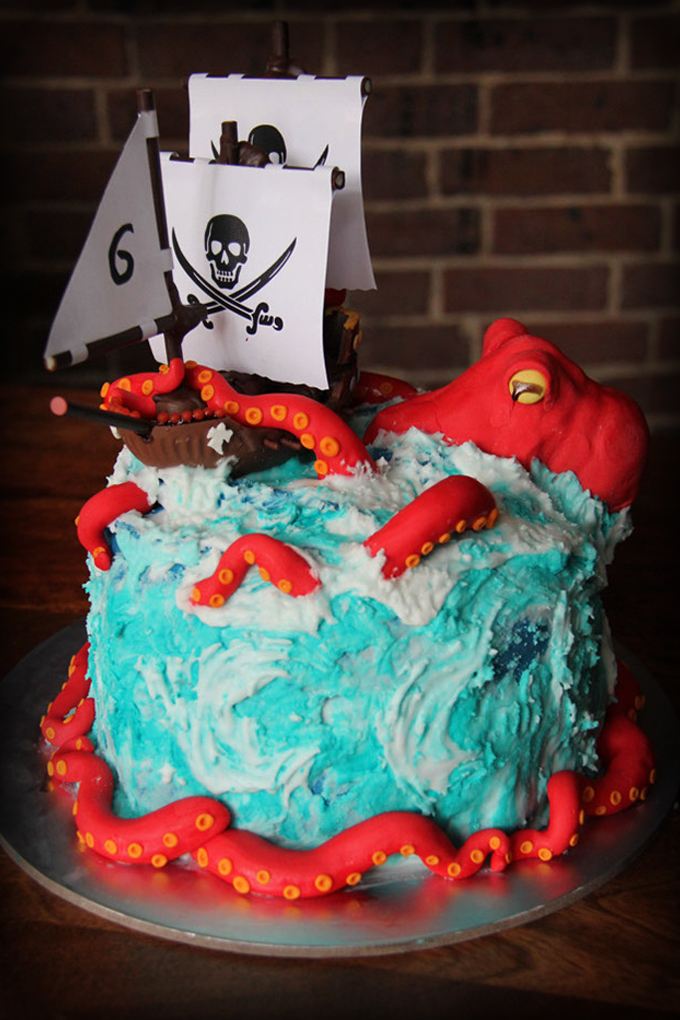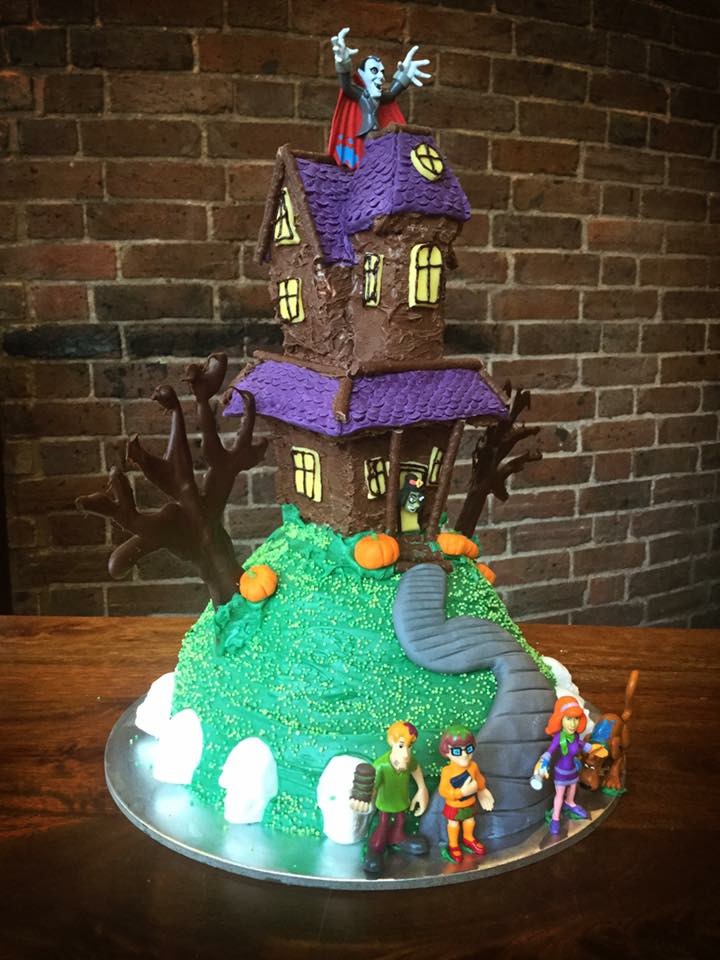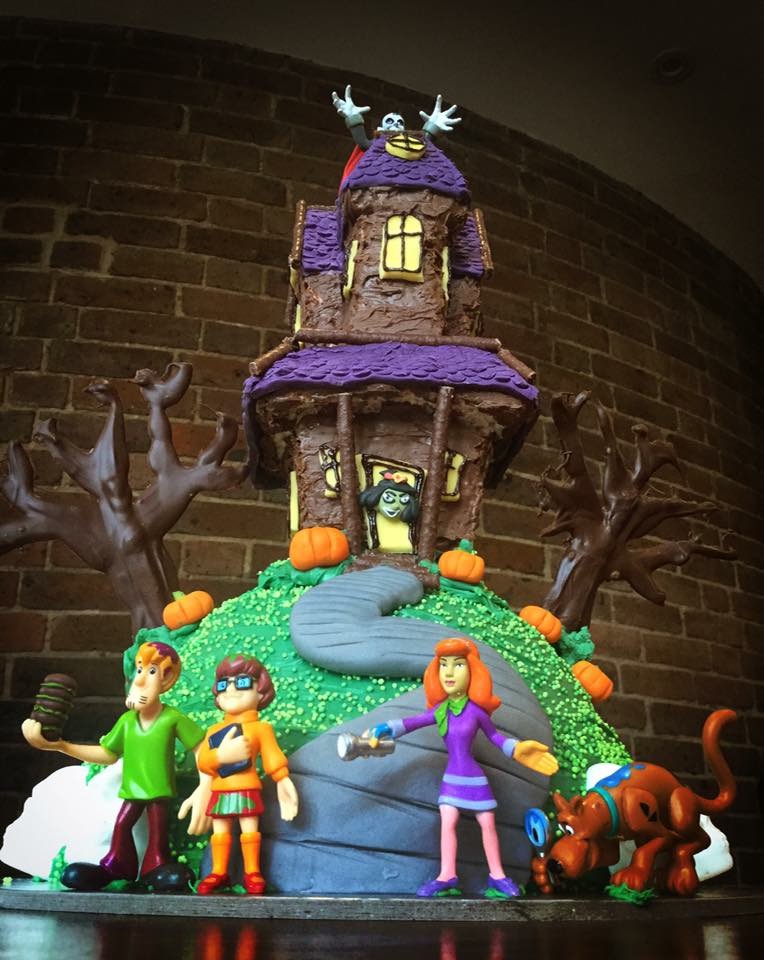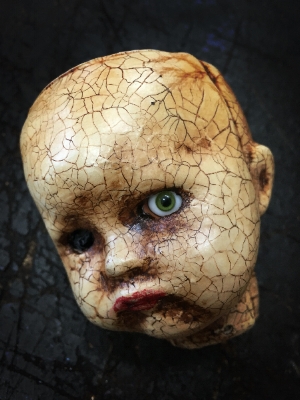The Krampus Box - the demonic origins of the elf on the shelf.
I've got one and I'm sure that if you have children you may have one too, but let's face it, the Elf on the Shelf is nothing more than Christmas cash grab dressed up as a faux tradition of epic proportions. This grinning plastic monstrosity has been heavily criticised for potentially bullying your child into thinking good behaviour equals gifts. While this might be true, the concept of scaring the pre-Christmas bejesus out of your children in order to make them behave has much darker roots. The Krampus has seen a revival over the last few years and the popularity of this festive demon has shed light on some long forgotten traditions from deep within Europe. One slightly bizarre practice which could be considered the demonic older brother of the Elf of the Shelf is 'The Krampus Box', a simple but terrifying way to keep your children in check before the big day.
The idea was very simple; during the build up to St Nicholas Day on the 6th December, the box would be placed on the fireplace next to the stockings. If a child was naughty they would have their name written on paper or their photograph placed inside the box where it would remain until the next sunrise. In the dark frozen winters of Europe the next sunrise could be days, so once you were in the box there was no telling when you would get out. If you were unfortunate to still be in the box on the 5th December, also known as Krampusnacht, you would be punished and The Krampus would come for you. During Krampusnacht the Krampus would visit each home and look in each box to see if any photographs or names had been left. If there was he would snatch the named naughty child as they slept and drag them to hell in his sack. As you can imagine, the box was so effective that there was never any need to place anything inside it! It’s an ingenious idea and much more palatable than having a grinning pink plastic elf ‘checking up on you’ every day.
As far as I'm aware there are no surviving examples of original Krampus boxes, so in an attempt to revive some real festive fear I made my own. I took the description from an Austrian version of the Krampus Box tale. In typical Brothers Grimm style the outcome of the story is far from pleasant so it's not surprising that this horrific tale almost vanished from the folk records. It appears at first glance to take some typical Germanic story elements of naughty children but then adds a cruel 'Wasp Factory' twist that is pretty disturbing. Anyway, grab a mince pie and a glass of sherry and we'll begin.
Picture if you will a festive family gathering full of rosy cheeked children gathered around a fire. As the howling wind and snow storm batters the ramshackle log cabin a mysterious box is removed from small chained hessian bag and placed on the mantle. The cloven hoofed box centred with a grinning demon knob glints in the winter firelight as a wave of silence sweeps over the children. The story begins...
Deep in the forest bordering Austria and Bavaria there lived a carpenter with seven children, two horses, three goats and his wife. Of the seven children one child named Max was particularly naughty and no punishment would deter Max from behaving badly. He would repent for a day or two and then revert back to his mischievous ways and increasingly worse than before. During a summer of terror he had tied the horse's tails together, set the neighbours orchard ablaze and slit all of the grain bags at the village mill. Then, as winter came and the days grew shorter Max could not play outside and boredom set in. His pranks within the home became worse and his family were at a loss at what to do with him.
Max hadn't always been terrible. He was once a content and well behaved child, but then something changed. His younger brother Lukas was born and Max was no longer the apple of his mother's eye and so to seek attention he slowly transformed into the most vindictive child imaginable. This cry for attention had the opposite effect and his mother started to ignore him. His older brothers and sisters also wanted nothing to do with the little monster he had become. Even the villagers would avoid Max in fear that they would fall victim to one of his terrible pranks.
The one person who felt pity for the child was his own father, the carpenter. He had an idea, one that he hoped would scare Max into behaving; until the end of winter at least. He built a small wooden box and carefully painted it with holly wreaths and decorated it with bells although this was not your normal festive trinket box. Painted on the lid were the words “Greetings from Krampus’ and either side of a demon headed brass knob were the pictures of a black, goat-legged creature stuffing crying children into a sack.
When it was complete the carpenter sat Max down and told him about the mysterious box. He opened the lid and took out a small postcard of the Krampus riding a broomstick. On the broomstick were eight naughty children. He told Max that if he misbehaved he would also join the ill fated children on the broomstick. His photograph would be placed in the box along with the postcard and it would remain there until the next day The photograph could only be removed from the box in the light of the following day and only good behaviour would allow the photograph to be removed from the box. If Max continued to be naughty and his photograph was still in it on Krampusnacht he would be taken by the Krampus and never seen again. The carpenter placed the box on the mantle above the fire and once again warned Max that his photograph would end up in the Krampus Box should his bad behaviour continue.
Max listened to his father's tale and pretended to absorb every word with wide eyed innocence although, as the second youngest sibling he really didn't believe in St Nicholas and especially not the Krampus. His eldest brother had told him long ago that they were nothing but fairy tales for little children. Max scoffed at his father's tall tale and rather than take heed, Max continued to terrorise his family and fellow villagers. He placed hedgehogs inside the blankets at the foot of every bed, he let the goats into the house where they ate his sister's best dress and finally he put gunpowder in his grandfather's pipe. The blast knocked him stone cold unconscious and very nearly killed him. On every occasion his photograph would be placed in the box and every sunrise, on the promise of good behaviour, it would be taken out again. And so the battle continued, until the big day finally came...
The eve of St Nicholas day had arrived and the family were busy baking, cleaning and preparing for the celebrations ahead. The carpenter was busy in the workshop finishing last minute orders for customers and everyone was involved in the festive preparations. Everyone that is apart from Max. There was only a few hours of sunlight left and Max had been particularly naughty the previous day and his photograph was still inside the Krampus Box on the fireplace. In the festive hustle and bustle nobody had remembered to remove Max's photograph from the box, in fact nobody had even acknowledged Max was there. In an opportunistic moment Max took it upon himself to remove his own photograph from the box. In the Christmas chaos and calamity nobody saw Max take the box, nor did they see him remove his own photograph and more to the matter, nobody saw him replace the photograph with one of his baby brother, Lukas. Max knew that the Krampus did not exist, that's what he kept telling himself, but a constant nagging in his curious mind kept wondering “what if?”. True or not, either way he was not prepared to be the one with his photograph in the box on Krampusnacht. So he did what any devious wretch would do, he swapped his photograph for one of Lukas, the darling little brother who had stolen his mothers heart. Max closed the box with an evil glint in his eye and placed it back on the mantle. The sun set, the box locked and Max went to bed.
By the time his father had returned from the workshop it had long been dark and everyone including Max was safely tucked up in bed fast asleep. He remembered that Max had been naughty the day before so he went to remove the photograph from the Krampus Box. To his surprise, just as the tale foretold, the box would not open. It was firmly locked and no amount of prising and shaking would make it open. Just as he had told Max, the box could only be opened in daylight and the sun had set hours ago. Could the old wives tale be true? What if the Krampus really was coming for Max? Regardless of how naughty Max was, he loved his son and didn't want to risk the possible consequences. He hurriedly gathered the box, wrapped it in a cloth and hid it in his workshop under a pile of wood, well away from the house and Max.
The night passed peacefully and the morning St Nicholas Day sun streamed through the windows of the cottage. The carpenter and his wife sat by the fire and waited for the impending tide of excited children to come crashing down the stairs. One by one the children poured into the room, all of them that is apart from Max and Lukas. In a blind panic the carpenter raced upstairs to find Lukas' bed empty. He tore back the sheets to find nothing but the still warm imprint of his son covered in black sooty hand prints. He then raced into Max's room who was still fast asleep and shook him awake hysterically shouting Lukas' name over and over. Suspecting Max's resentment of Lukas he know that he must have something to do with his disappearance.
“Where is Lukas? Have you seen Lukas? What have you done with Lukas?”
Max stared at his father, his eyes still blurred with sleep. Lukas? What could possibly have hap... And then it struck him. The box, Max had put his photograph in the box. Max started back at his father in fear and disbelief; he could only mutter two words.
“The b-b-b-box, the b-b-b-box...”
The carpenter threw Max back into the bed and raced to the workshop to retrieve the hidden box. The worst of his fears were true and a feeling of dread began well in the pit of his stomach. The box was not there. He searched everywhere but the box had vanished. In a delirious dash of panic he charged back home as fast as his legs could carry him so raise the alarm. Yet, as he burst through the door, there it was, the box was back on the shelf above the fireplace where it had been the previous night when he had returned from the workshop. He grabbed the box and as the rays of sunlight shone though the window it opened with ease and the carpenter was faced with a disturbing discovery. The photograph of Max was no longer in the box. It had been replaced with a photograph of Lukas but where Lukas should have been was a scorched hole. With a shaking hand he removed the blackened photograph from the box and underneath he saw something that made his blood run cold. On the postcard of the Krampus, instead of eight children there was a ninth child sat on the broomstick. The carpenter squinted and looked closer and as he wiped the tears from his eyes he could see that the ninth child was his beloved Lukas.
Lukas was never seen again. In the search for the young boy the villagers found nothing but his favourite teddy bear and a track of large hoof prints that led deeper into the dark forest. The tracks stopped suddenly, as if the creature that made them had just vanished or flew away.
Max's bad behaviour came to a grinding halt. The carpenter kept him locked in his room most of the time and his photograph was placed back in the Krampus Box. Max's devilish trick was so bad that the box could never be opened again, even in the sunlight of the brightest summer day. No matter how well he behaved the box remained clamped shut and it stayed that way for a whole year.
The following Krampusnacht the creature returned. With a black clawed hand it opened the box with ease and took out the photograph of Max. The image of smiling boy began to fade and burn and Max was never seen again.
So next Christmas, as you lie in bed eagerly listening for the soft jingle of sleigh bells also listen for the bark of dogs and the rattle of chains. The Krampus is coming to town so make sure you're good or you might just be spending Christmas with Max.
For those wishing to discover more about the roots and rebirth of this folkloric devil than I can thoroughly recommend 'The Krampus and the Old Dark Christmas' by Al Ridenour available through Feral House.
































































